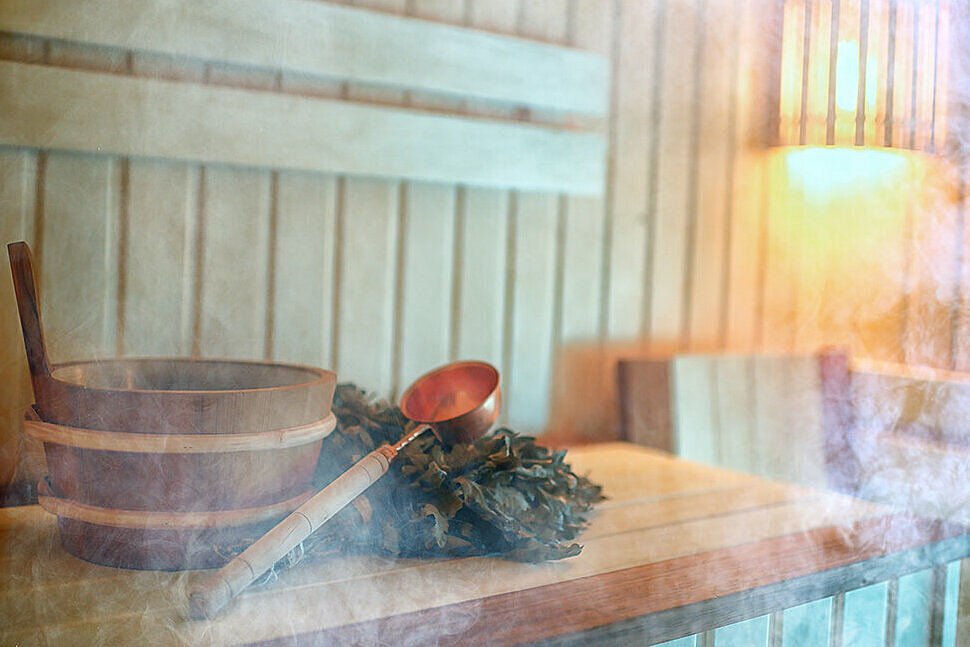All sauna lovers are divided into 2 groups - those who love a dry sauna and lovers of a wet one.
But what kind of air is healthier for the body?
Both dry and humid air in the sauna have a beneficial effect on the body, but they affect it in different ways.
Dry air
In a dry steam sauna, the body warms up faster, so it is better to steam for no more than 20 minutes, and then take a contrast shower. Dry steam is easier to withstand than wet steam.
A dry sauna is useful for:
- skin diseases
- musculoskeletal system diseases
- weight loss
Sauna is contraindicated for people with respiratory diseases, as hot dry air makes breathing even more difficult. Since the body sweats more in a dry sauna, this steam helps to remove toxins and excess fluid from the body and improves skin tone.
Wet air
Wet sauna acts like inhalation - breathing is facilitated.
Such a sauna warms up the body from the inside better. The metabolism improves, but sweating is not as active as in a dry sauna.
It is believed that a wet sauna is easier for women to withstand than a dry one.
For people with kidney disease, reproductive system disease, liver disease, it is necessary to consult a doctor to rule out contraindications.
Each type of bath has its own advantages and disadvantages, so choose the type of steam in which you will be comfortable. And in the presence of diseases, be sure to consult a doctor.
Types of steam
Sauna experts distinguish several types of steam, depending on its properties:
- Strong steam: classic wet steam with 70-82 gr. of water per 1 m3 of air, at a temperature of 82-90 C.
- Relaxing steam: humidity 38-62 gr. of water per 1 m3 of air at a temperature of 68-82 C.
- Normal or fresh steam: humidity 40-62 gr. of water per 1 m3 of air, at a temperature of 82-90 C.
- Caustic steam: 55-60 gr. of water per 1 m3 of air at a temperature of 92-105 C.
